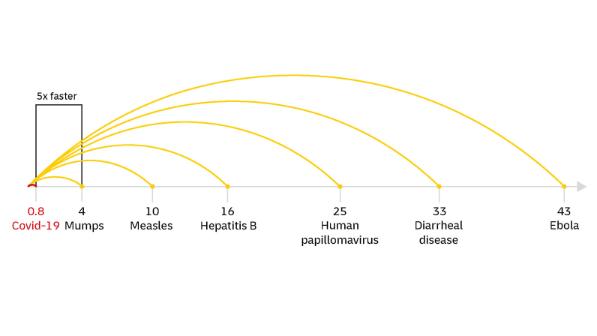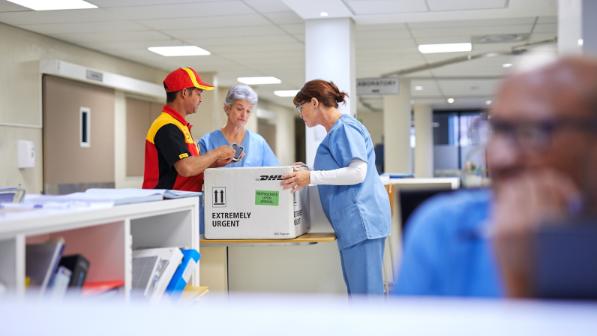Temperature Range:
2-8°C (Refrigerated)
Medicines/Treatments:
Insulin, many vaccines, such as the flu jab
Temperature Range:
-20°C (Frozen)
Medicines/Treatments:
Some vaccines, such as the chickenpox vaccine
Temperature Range:
-70°C (Deep-frozen)
Medicines/Treatments:
mRNA vaccines, such as Pfizer-BioNTech’s COVID-19 vaccine
Temperature Range:
-196°C (Cryogenic)
Medicines/Treatments:
Stem cells, sperm and egg cells, some experimental mRNA vaccines












